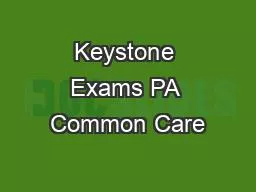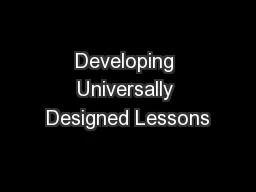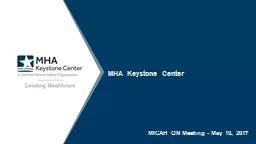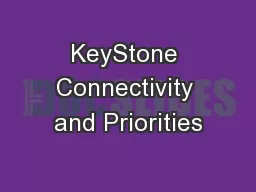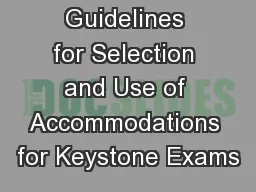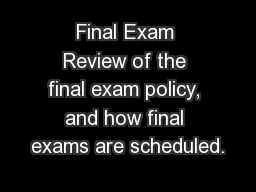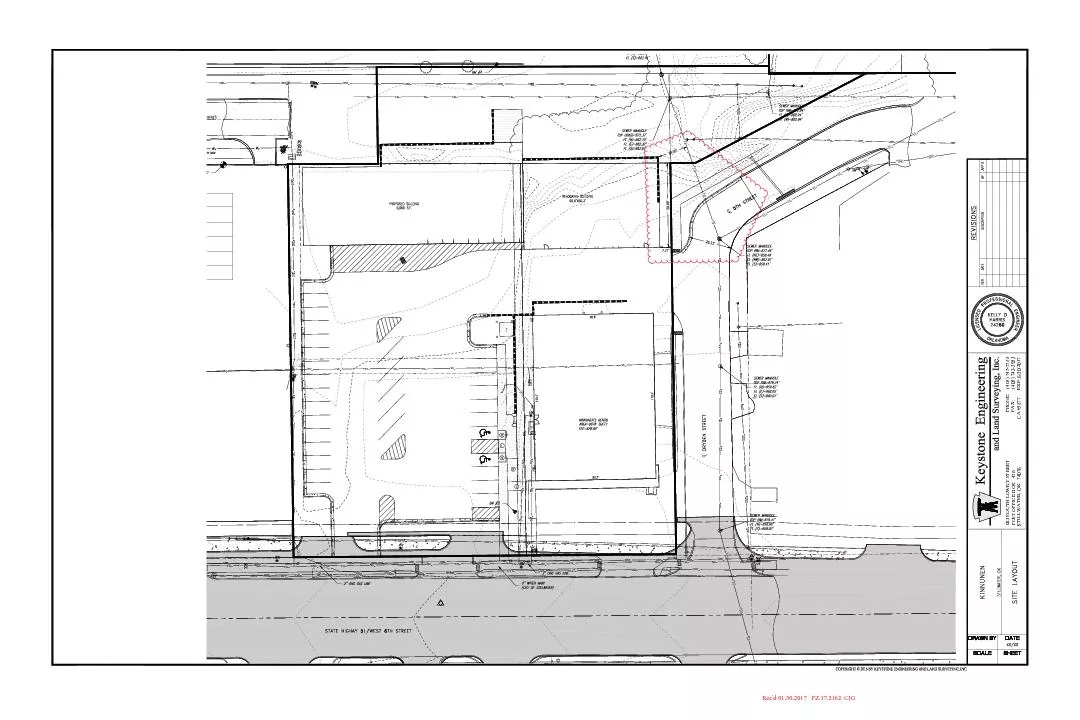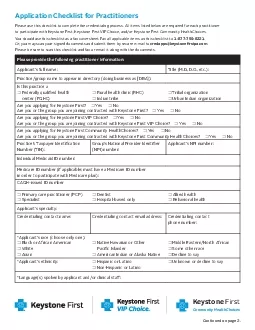PPT-Keystone Exams PA Common Care
Author : donetrand | Published Date : 2020-06-24
800815 Welcome Introductions 815830 Keystone Overview 830845 2011 Results 20122013 Assessment Timeline 845 925 Explore the Common Core 925935 Break 935 1015 Keystone
Presentation Embed Code
Download Presentation
Download Presentation The PPT/PDF document "Keystone Exams PA Common Care" is the property of its rightful owner. Permission is granted to download and print the materials on this website for personal, non-commercial use only, and to display it on your personal computer provided you do not modify the materials and that you retain all copyright notices contained in the materials. By downloading content from our website, you accept the terms of this agreement.
Keystone Exams PA Common Care: Transcript
Download Rules Of Document
"Keystone Exams PA Common Care"The content belongs to its owner. You may download and print it for personal use, without modification, and keep all copyright notices. By downloading, you agree to these terms.
Related Documents

